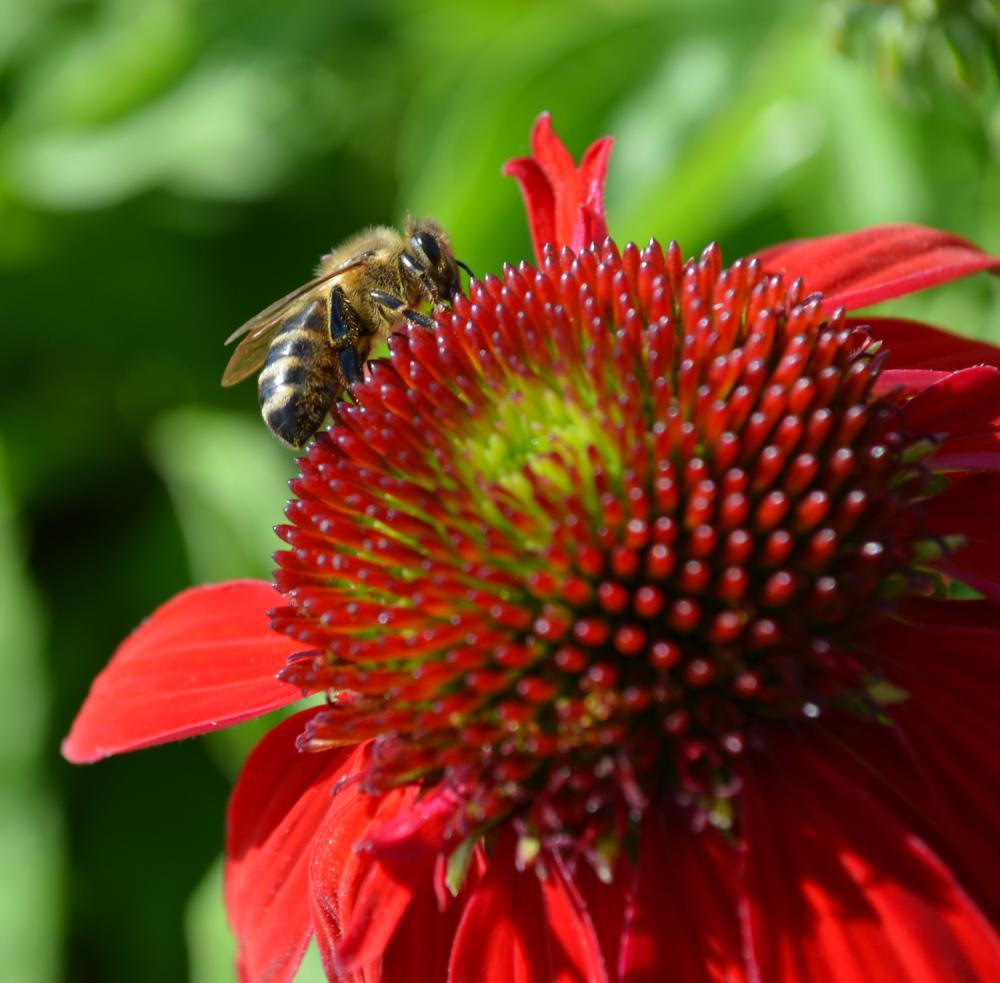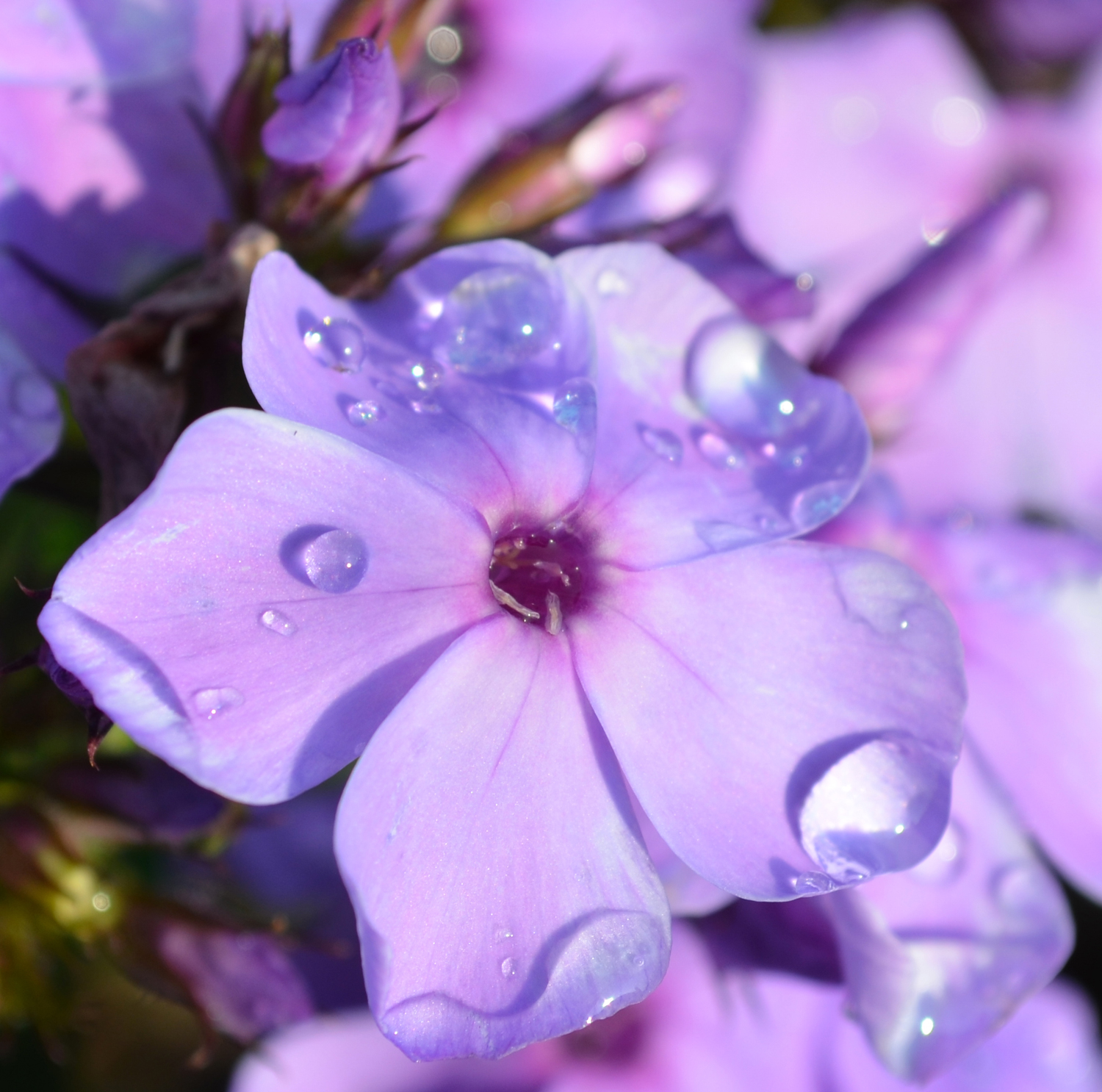Baptisia, Hybrid False Indigo 'Twilite Prairieblues™'



- Sun Preference
- Full-Sun, Part-Sun
- Bloom Time
- May, June
Description
A large, shrub-like perennial with stiff, erect stems that bear beautiful, lupinelike flowers. Excellent, long lasting cut flowers and lovely blue-green foliage. Drought tolerant but prefers even moisture.
Twilite Prairieblues™ is a robust and vigorous bicolor baptisia with blue-green foliage. Produces deep violet-purple flowers highlighted by lemon-yellow keels. Good cut flower. Drought tolerant once established. Blooms from May through June
Minnesota's Largest Selection of Perennials
Discover an unparalleled selection of perennials at Gertens! With the largest variety in Minnesota, we offer endless options of colorful perennials, natives, and pollinator plants to beautify your garden year after year. From vibrant flowers to lush foliage, our perennials are perfect for adding beauty and charm to your outdoor space. Visit Gertens today and see why we're known as Minnesota's Destination Garden Center!
Details
Baptisia x varicolor ‘Twilite’ | Twilite Prairieblues™ False Indigo PP19,011
Height: 4 feet
Spread: 5 feet
Sunlight: ![]()
![]()
Hardiness Zone: 4a
Other Names: False Indigo
Description:
Spectacular purple with yellow centre spikes of pea-flowers rise from blue-green foliage in early summer; use this plant for its outstanding display of vertical flowers as an accent in the garden
Ornamental Features
Twilite Prairieblues™ False Indigo has masses of beautiful spikes of purple pea-like flowers with yellow eyes rising above the foliage from late spring to mid summer, which are most effective when planted in groupings. The flowers are excellent for cutting. Its oval leaves remain bluish-green in color throughout the season. The fruits are showy black pods displayed in late summer.
Landscape Attributes
Twilite Prairieblues™ False Indigo is an herbaceous perennial with an upright spreading habit of growth. Its medium texture blends into the garden, but can always be balanced by a couple of finer or coarser plants for an effective composition.
This is a relatively low maintenance plant, and is best cleaned up in early spring before it resumes active growth for the season. It is a good choice for attracting bees and butterflies to your yard. It has no significant negative characteristics.
Twilite Prairieblues™ False Indigo is recommended for the following landscape applications;
- Mass Planting
- General Garden Use
Planting & Growing
Twilite Prairieblues™ False Indigo will grow to be about 4 feet tall at maturity, with a spread of 5 feet. It tends to be leggy, with a typical clearance of 1 foot from the ground, and should be underplanted with lower-growing perennials. It grows at a slow rate, and under ideal conditions can be expected to live for approximately 25 years.
This plant does best in full sun to partial shade. It is very adaptable to both dry and moist growing conditions, but will not tolerate any standing water. It is not particular as to soil type, but has a definite preference for alkaline soils, and is able to handle environmental salt. It is somewhat tolerant of urban pollution. This particular variety is an interspecific hybrid. It can be propagated by division; however, as a cultivated variety, be aware that it may be subject to certain restrictions or prohibitions on propagation.
| SKU | Container Size |
| P0871 | #2 Container (2 Gallon) |
* Not all container sizes may be available at this time. See store for details on specific container size availability.
More Information
| Common Family Name | False Indigo |
|---|---|
| Gerten Grown Plants | Gerten Grown Plants |
| Sun Preference | Full-Sun, Part-Sun |
| Bloom Time | May, June |
| Mature Spread (Range) | Over 36" |
| Mature Height (Range) | 37" - 48" |
| USDA Hardiness Zone | 3, 4, 5, 6, 7, 8 |


